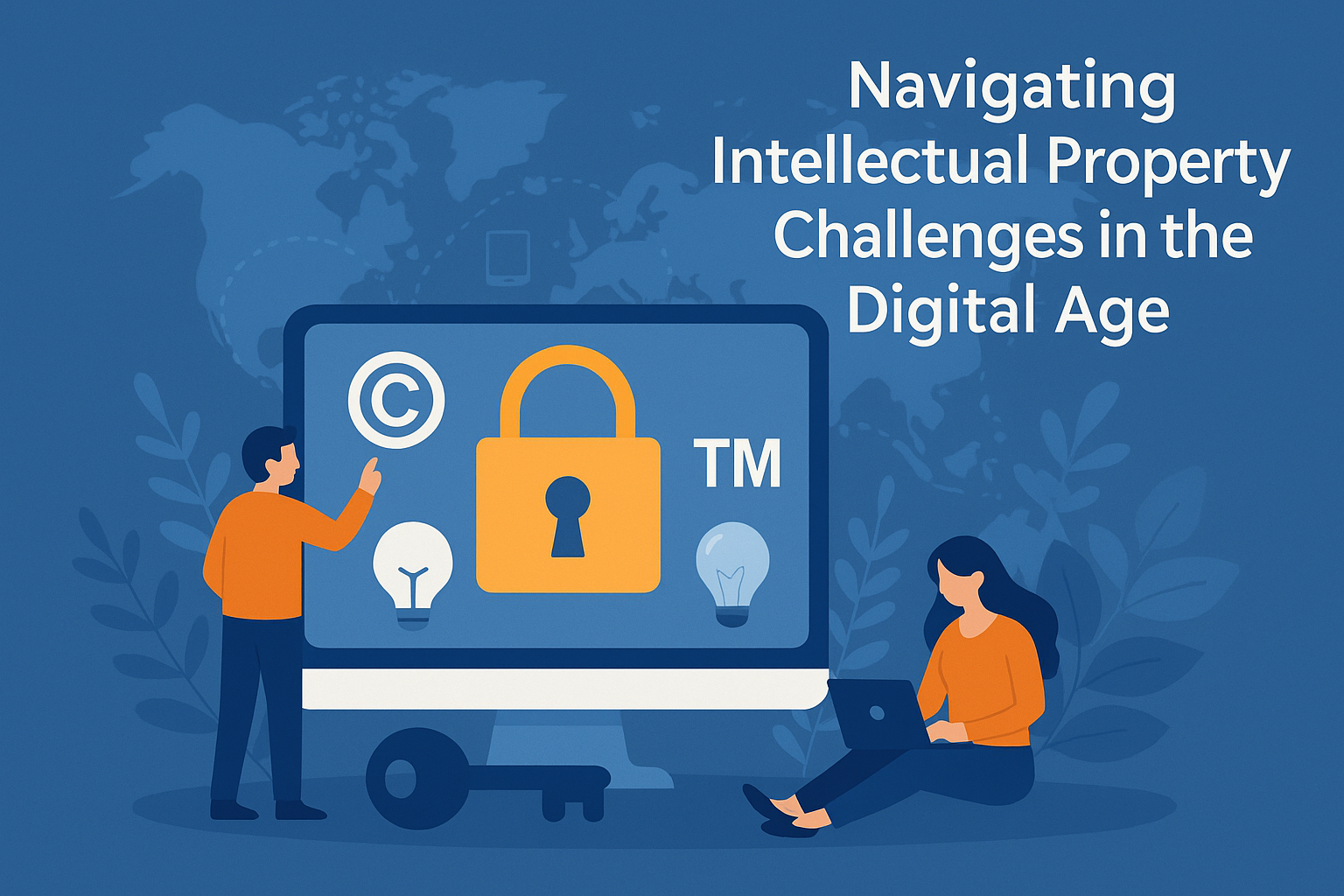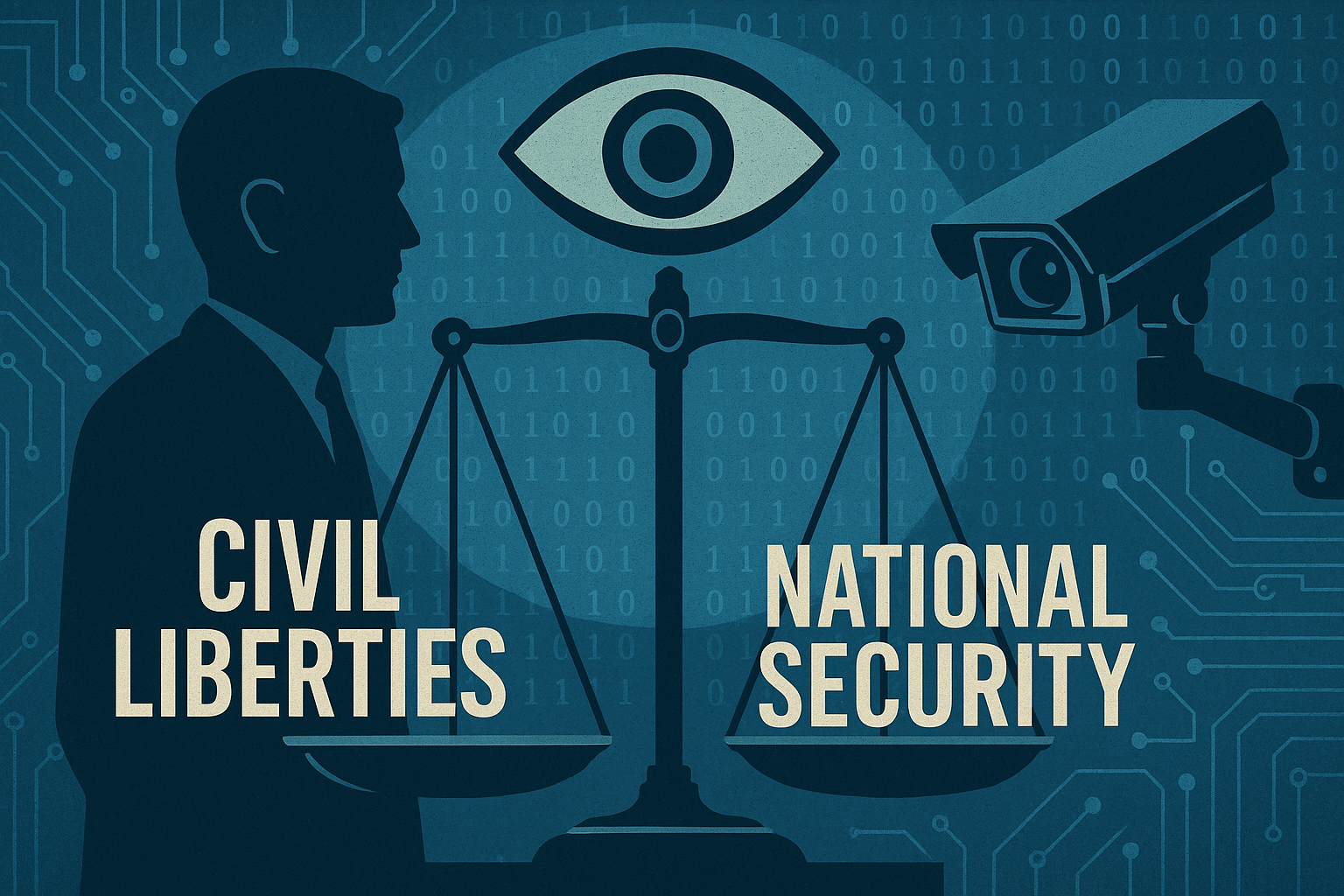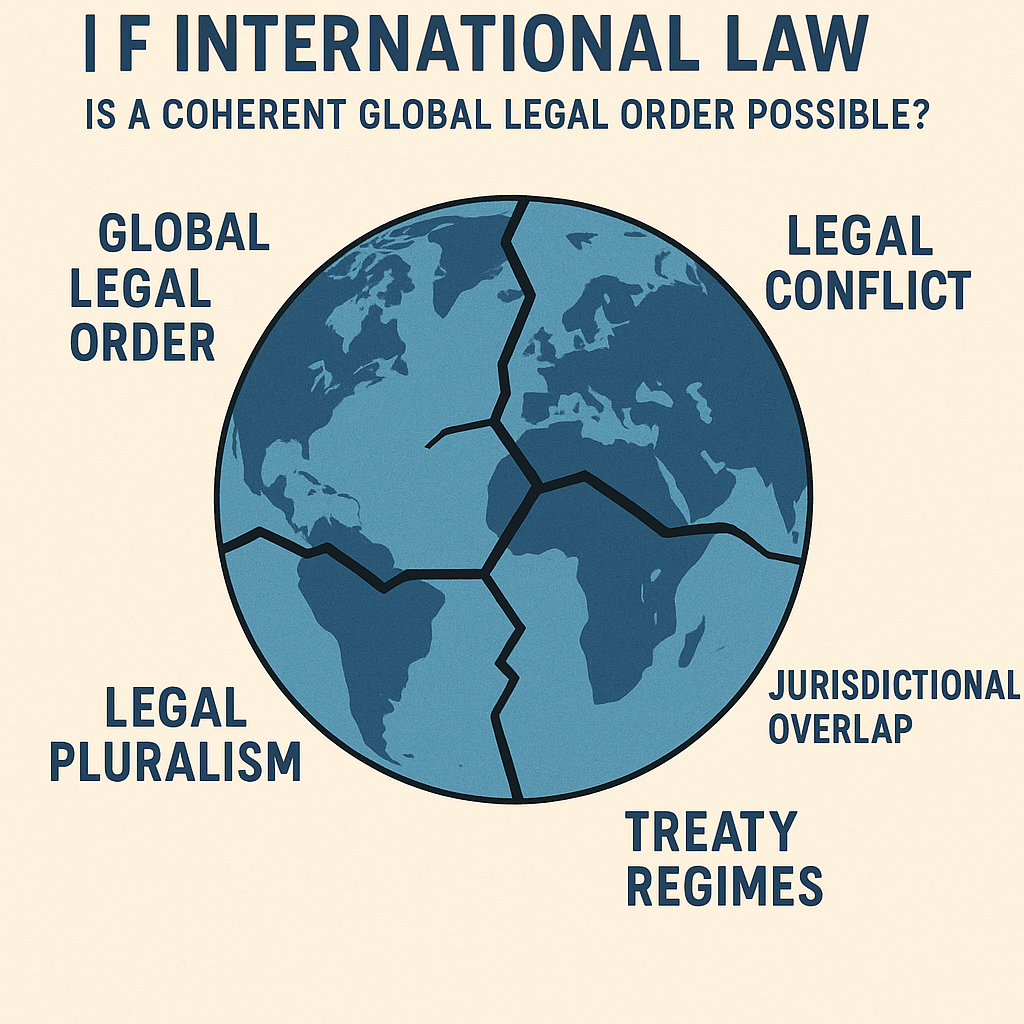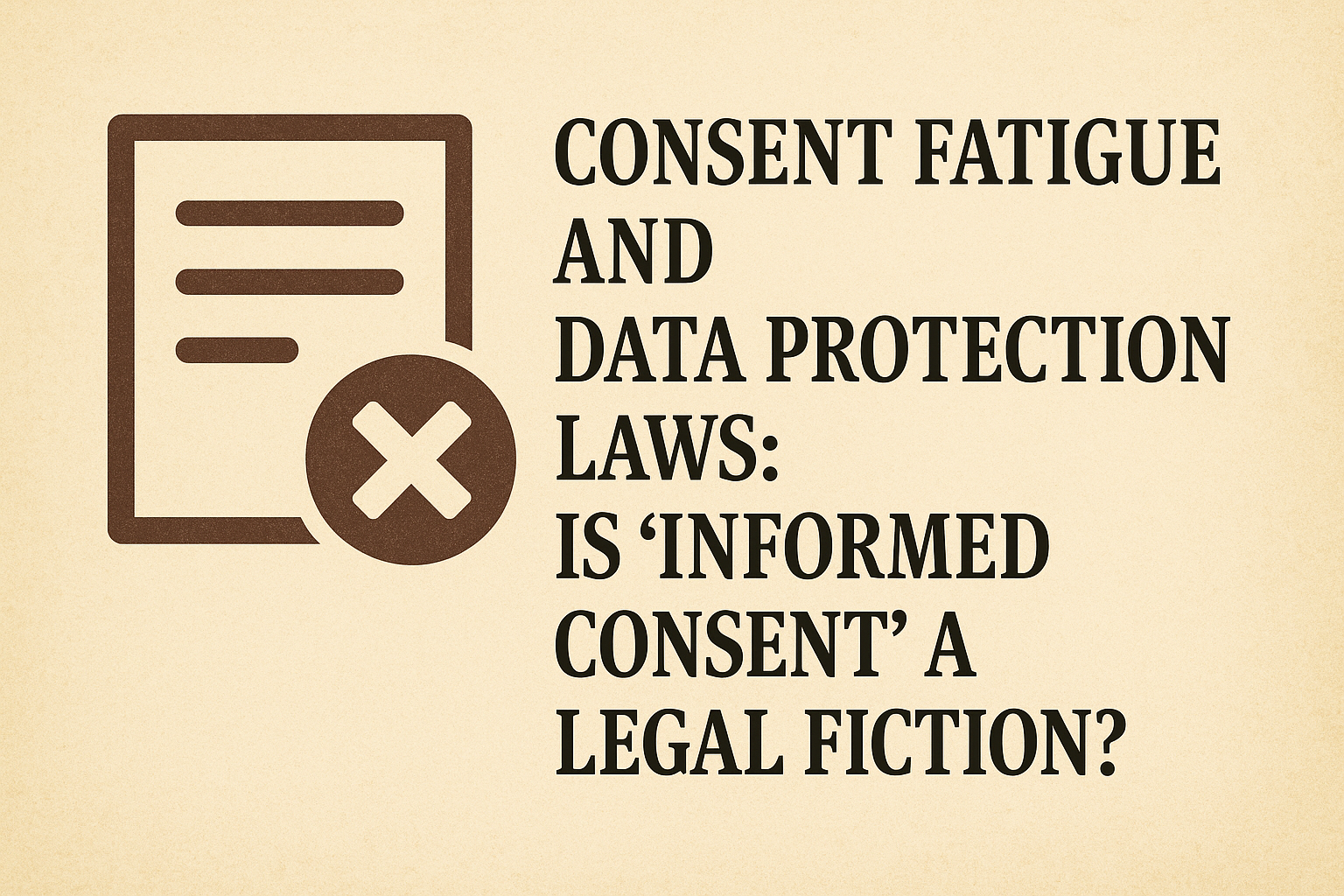- Intellectual Property Rights (IPR) refer to the legal protections granted to creators and inventors for their original works, inventions, brands, and designs. These rights incentivize creativity and innovation by giving creators exclusive control over the use and distribution of their work. With the rise of digital technology and the internet, the landscape of intellectual property has undergone profound changes, presenting both new opportunities and challenges in protecting these rights.
The digital revolution has transformed the way creative and innovative works are created, stored, and shared. Unlike physical goods, digital content—such as software, music, films, ebooks, photographs, and databases—can be reproduced perfectly and distributed worldwide almost instantly. This ease of copying and dissemination has made it increasingly difficult to enforce intellectual property protections. For instance, music and movie piracy remain persistent problems globally, undermining the ability of artists and companies to monetize their work.
Copyright remains one of the most important forms of intellectual property protection in the digital world. It covers a broad range of creative expressions, extending beyond traditional books and films to software programs, digital art, and web content. However, digital copying complicates enforcement since unauthorized sharing often happens anonymously and across multiple jurisdictions. Laws like the Digital Millennium Copyright Act (DMCA) in the United States and international agreements through the World Intellectual Property Organization (WIPO) have sought to update copyright protections for the internet era, but challenges remain, particularly in balancing the rights of creators with public interests such as freedom of expression and fair use.
Patents in the digital sphere typically protect new technological inventions, including software innovations, algorithms, and electronic devices. However, patenting software or abstract ideas has been controversial because it can hinder innovation by granting overly broad monopolies. Different countries have varying standards on what is patentable in software, leading to legal uncertainty and complex litigation.
Trademarks protect brand names, logos, slogans, and other identifiers that distinguish goods or services. In the digital environment, trademarks are crucial for protecting online brand reputation, including domain names and social media handles. Cyber-squatting (registering domain names similar to well-known brands to profit from them) is a common issue that trademark law aims to address.
Trade secrets, which protect confidential business information such as proprietary algorithms or customer data, are vulnerable in the digital age due to cybersecurity threats. Data breaches and hacking incidents can expose valuable trade secrets, making cybersecurity a critical component of protecting intellectual property.
To combat infringement, many creators and companies employ technological measures such as Digital Rights Management (DRM), encryption, watermarking, and content fingerprinting. These technologies restrict unauthorized copying and distribution of digital content but have sparked debates regarding consumer rights, privacy, and the potential for abuse.
Another major challenge in the digital era is enforcement. Because the internet operates globally, jurisdictional issues arise when infringing activity occurs across borders. Different countries have different laws and enforcement mechanisms, making coordinated international action necessary but complicated. Platforms such as YouTube, Facebook, and Google have taken on some responsibility for monitoring and removing infringing content, often through automated systems, though these can sometimes result in over-blocking or unfair removals.
Emerging technologies like artificial intelligence and blockchain are also reshaping intellectual property. AI-generated content raises questions about authorship and ownership, while blockchain and NFTs (non-fungible tokens) offer new ways to prove ownership and authenticity of digital assets.








